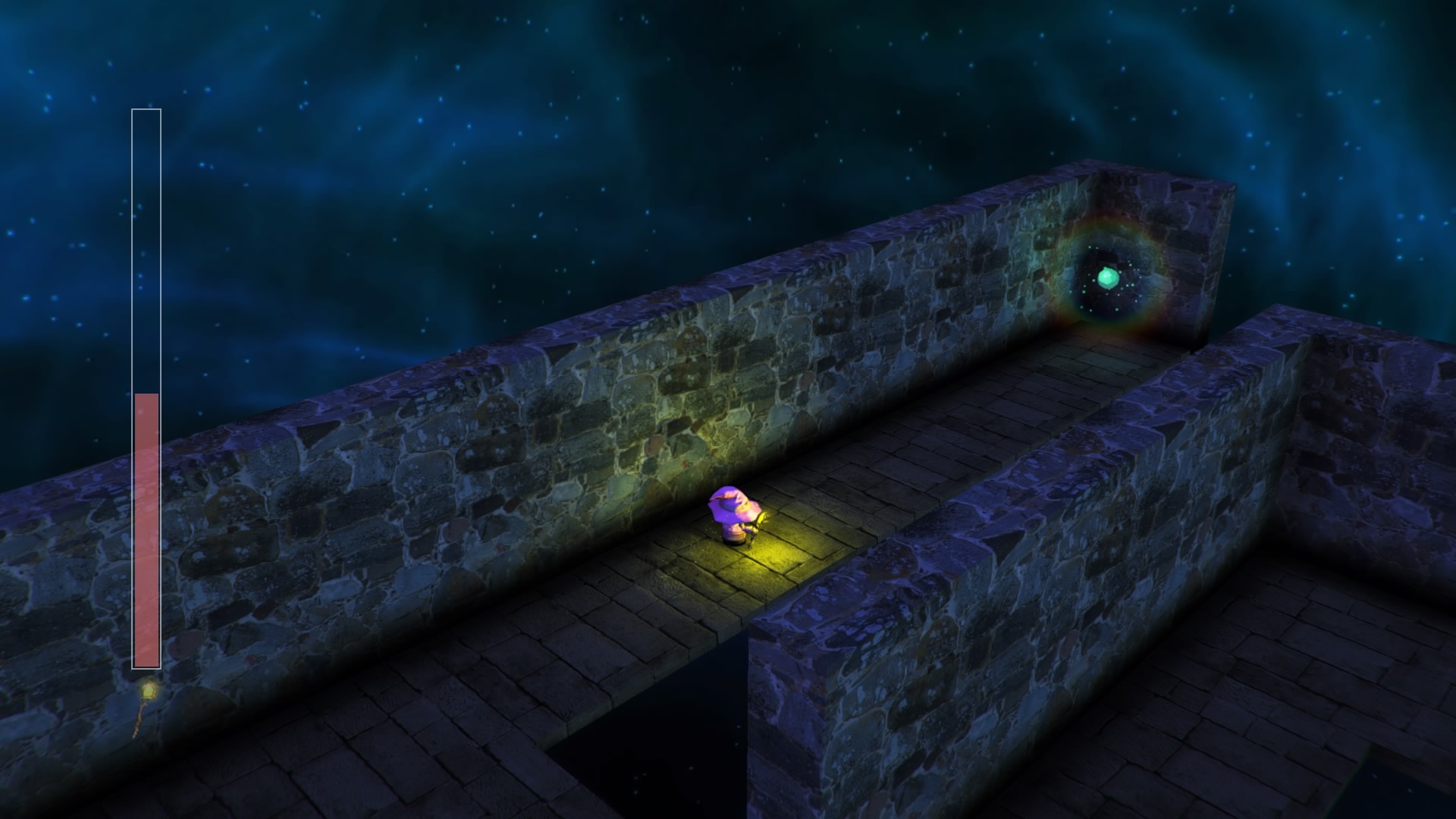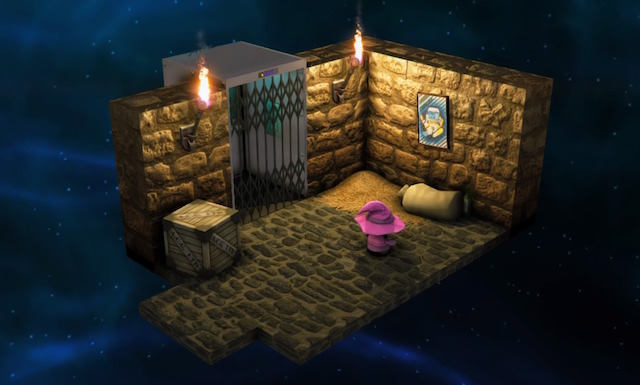Old-school, for better and…
When I played the demo for Lumo last month at PAX East, I was over the moon with the art style and the tone. As a gamer growing up in the Nintendo era, I was immediately drawn to such a beautifully art-directed indie title featuring a lead character that looks a lot like Vivi from Final Fantasy IX. Lumo plays off nostalgia with the confidence of a development team who grew up with a lot of sprite-based adventures. Now that I’ve played the final version, I’m still a fan of this isometric puzzler, though the majority of my time was spent dying over and over again.
What begins with a young girl (or boy, depending on player preference) checking out an arcade/console convention quickly morphs into the meat of the game. You’re given no context as to whom this person is before they are zapped Tron-style into a console dungeon crawler. There is no dialogue, voiced or text, which is fitting.
All alone in a dungeon, you are tasked with moving the wizard hat-wearing being through a series of rooms that are small in design, almost claustrophobic. Imagine rooms where the boundaries of the walls are enhanced by an outer space backdrop (a simple but really effective way to show the layout). Moving from room to room can be quick until you reach the third or fourth one, which is usually a puzzle or brainteaser, control-based or both. You can also slightly move the camera a bit to the left or right to see around an obstructing pillar, although this, more times than not, acts as a kind of tease. If only I could see just a bit more…
Sadly, navigating these colorful medieval confines can be frustrating. Too often you’re tasked with jumping (your first ability) onto tiny floating squares or ledges. The main character is not at all svelte so it can be really easy to over-jump or land but then fall off altogether. There are checkpoints in each room so thankfully you don’t have to go back any farther. Still, being confined in such a small area can be taxing since it’s hard to tell if this required preciseness is deliberate or just not well thought-out. I’ll give game designer Gareth Noyce (who worked on triple-A titles like Fable 2) the benefit of the doubt and assume he’s going for “old-school hard,” but even then certain moments can feel glitchy.
Remember back in the day when we all had to sync our plastic guitars for Rock Band because when we hit yellow, it wouldn’t register at the right moment? It can be like that. There’s a mine-cart chase where it’s really apparent hitting circle to jump does not register on time. In the case of Rock Band there was a calibration option; here, there are three ways to control the character, but I never found a sweet spot that worked right for either the analog or directional control scheme.
Back to the good stuff, there are plenty of nods to classic gaming throughout. One of the pleasures of Lumo isn’t just finding a hipster cassette collectible, but how small moments evoke a bygone era. The first major item to collect are tiny, yellow rubber ducks. Typically, these are placed above water so players need to jump on the duck and precisely jump back to safety. The whole feel is very Bubble Bobble. Power-ups glow and have the strong ringing bell sound of Crackdown 2’s ability spheres (a game Noyce also worked on). If I wasn’t pulling my hair out so much from dying, I would definitely consider going back to acquire everything. The menu screen shows a journal that notes every item obtained and even the occasional sticker. There is also a map, but it’s rudimentary.
As stated, the visuals are a treat with each room thoughtfully constructed. There's very little by way of distractions. Clean and elegant. Flames dance across the screen while big boulders roll around with heavy abandon. The music is a nice mix of fantasy and electronic. Everything from the pristine detail to the accompanying sound is in service of the player figuring out where to go next. (Or how to go next.) Many of the solutions for one room (like getting a key) are not in the same room, so some backtracking takes place, although never very far. There's a logic to them that feels confidant and not at all dumbed-down.
While there is not much of a story, the progression of items like a wand the wards off spiders helps to make progressing through tunnel after tunnel like an evolution. I genuinely wanted to see where this was all going.
If you are one who loves a challenge, Lumo can be played Old School mode: finite lives, no map, no Save Game. "Play against the clock like it's 1985!" This mode begins with the standard three lives and a counter at the bottom of the screen. If the game is a hit, I foresee many videos on YouTube or live Twitch streams highlighting speed runs which will show how much better others are at beating the game.
While the score below is very much based on my experience (duh), you can knock this grade up a half point if you love games that revel in challenge and restarts. Lots and lots of restarts. Regardless, this is a well-priced indie with a lengthy, ten-hour campaign. I also suspect that there are players out there who might end up loving the idea of Lumo more than the execution. That said, if the controls could be made less frustrating I would love to see a sequel.
-
Really does feel like an HD version of an isometric adventure
-
Tons of collectibles, a great length at around 10 hours
-
Wonderful art style
-
Exact timing for movements can be challenging
Lumo review screens
-
Lumo review screens #1
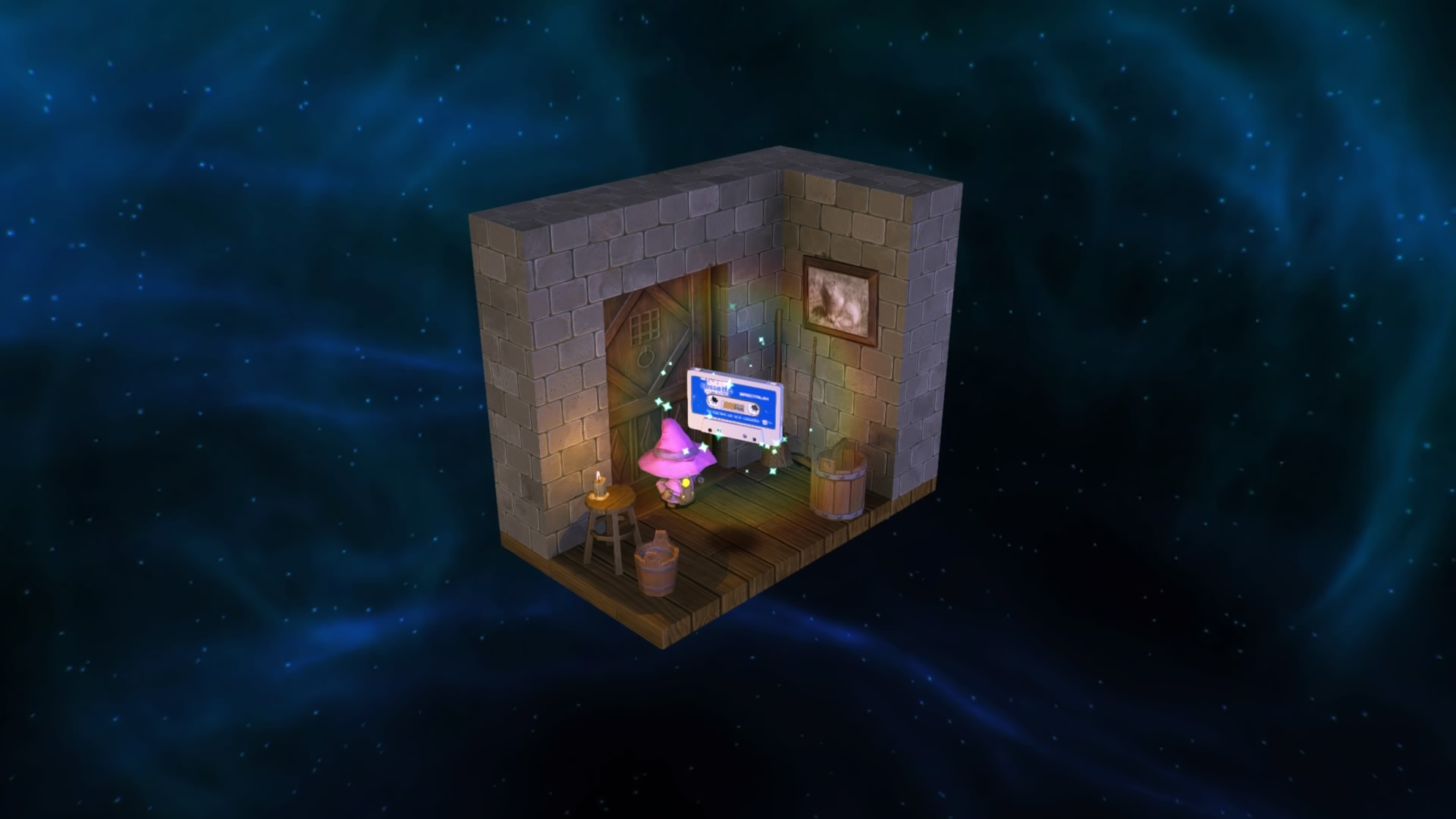
-
Lumo review screens #2
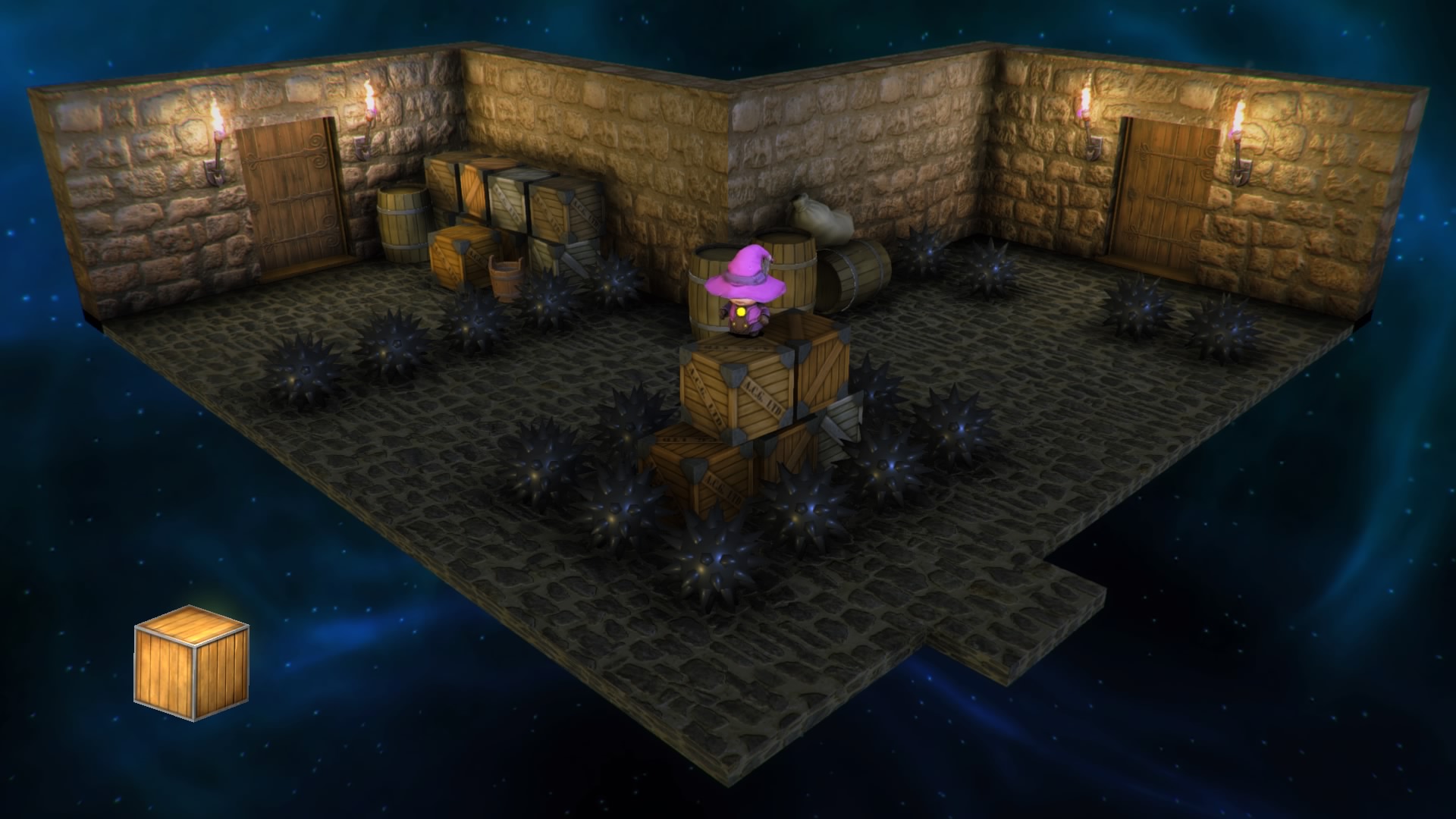
-
Lumo review screens #3

-
Lumo review screens #4

-
Lumo review screens #5
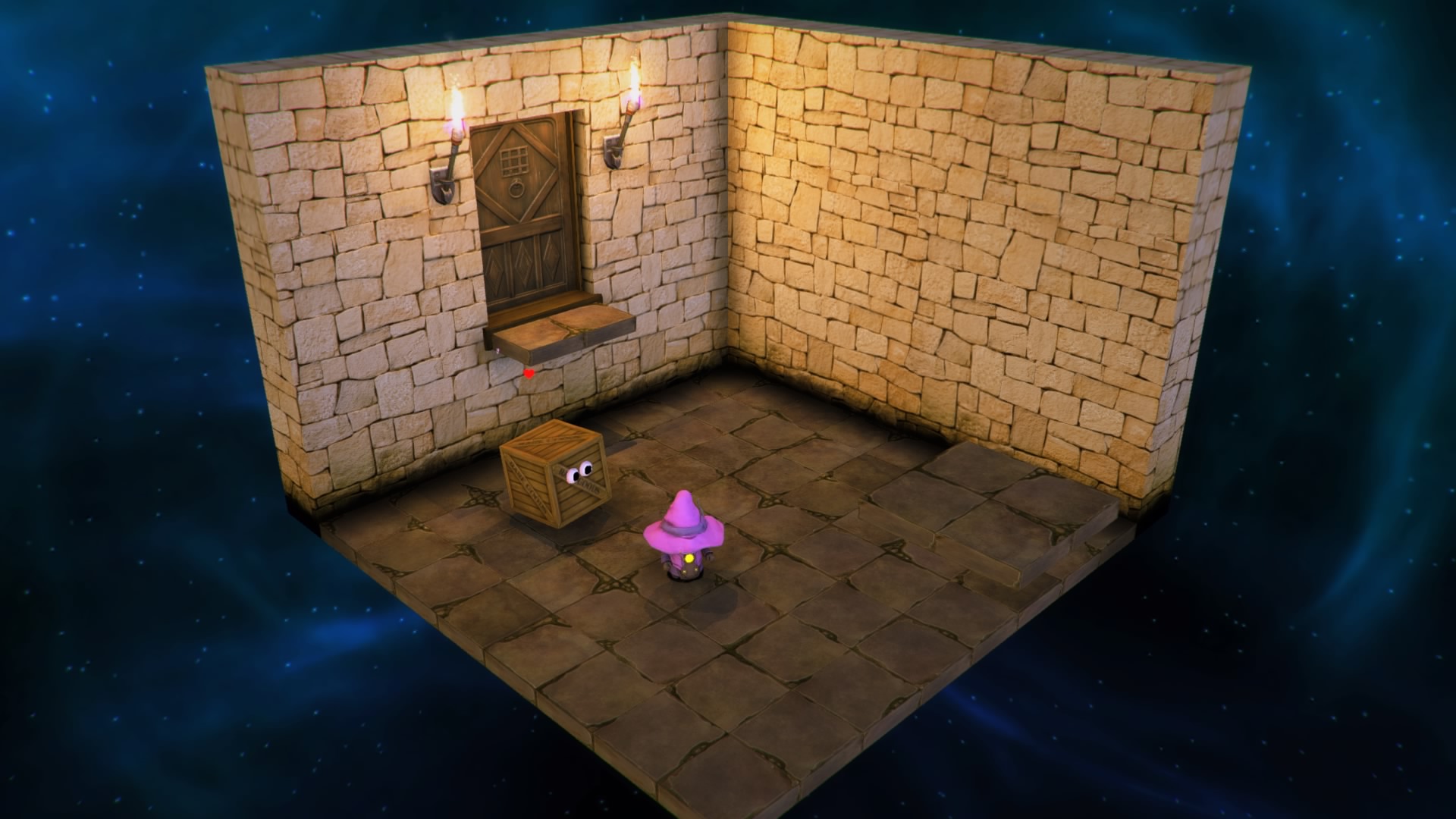
-
Lumo review screens #6
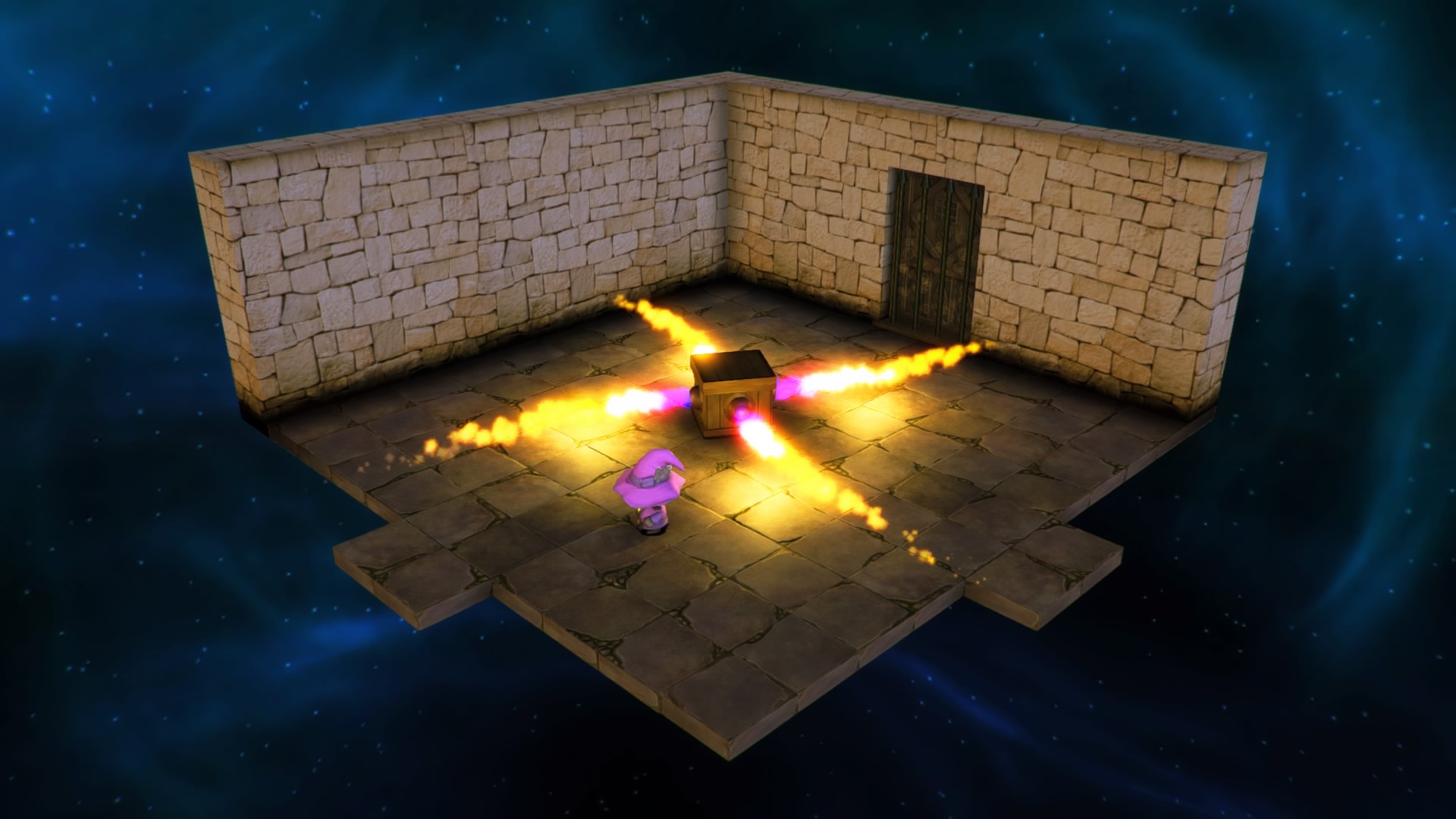
-
Lumo review screens #7
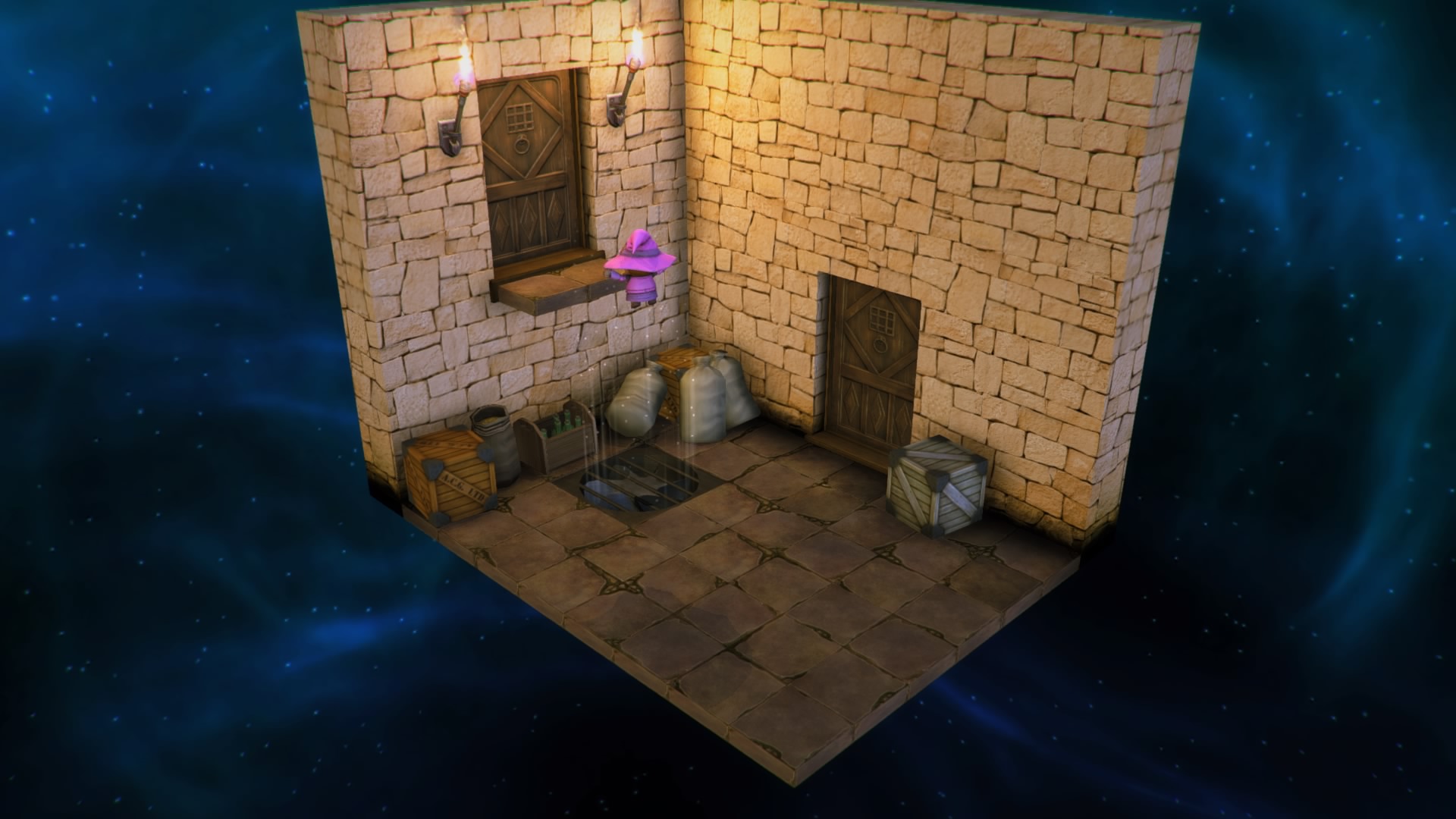
-
Lumo review screens #8
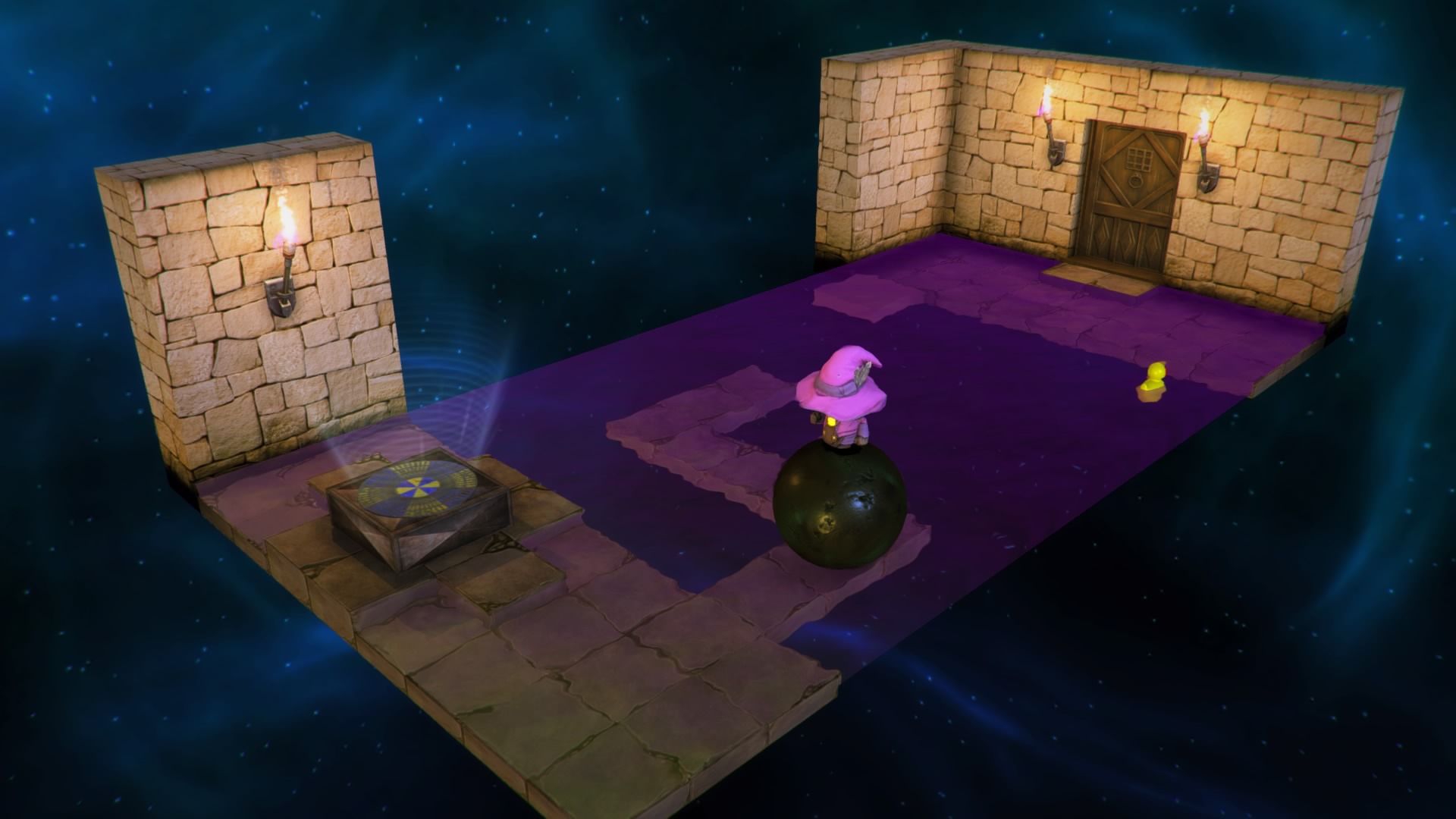
-
Lumo review screens #9

-
Lumo review screens #10
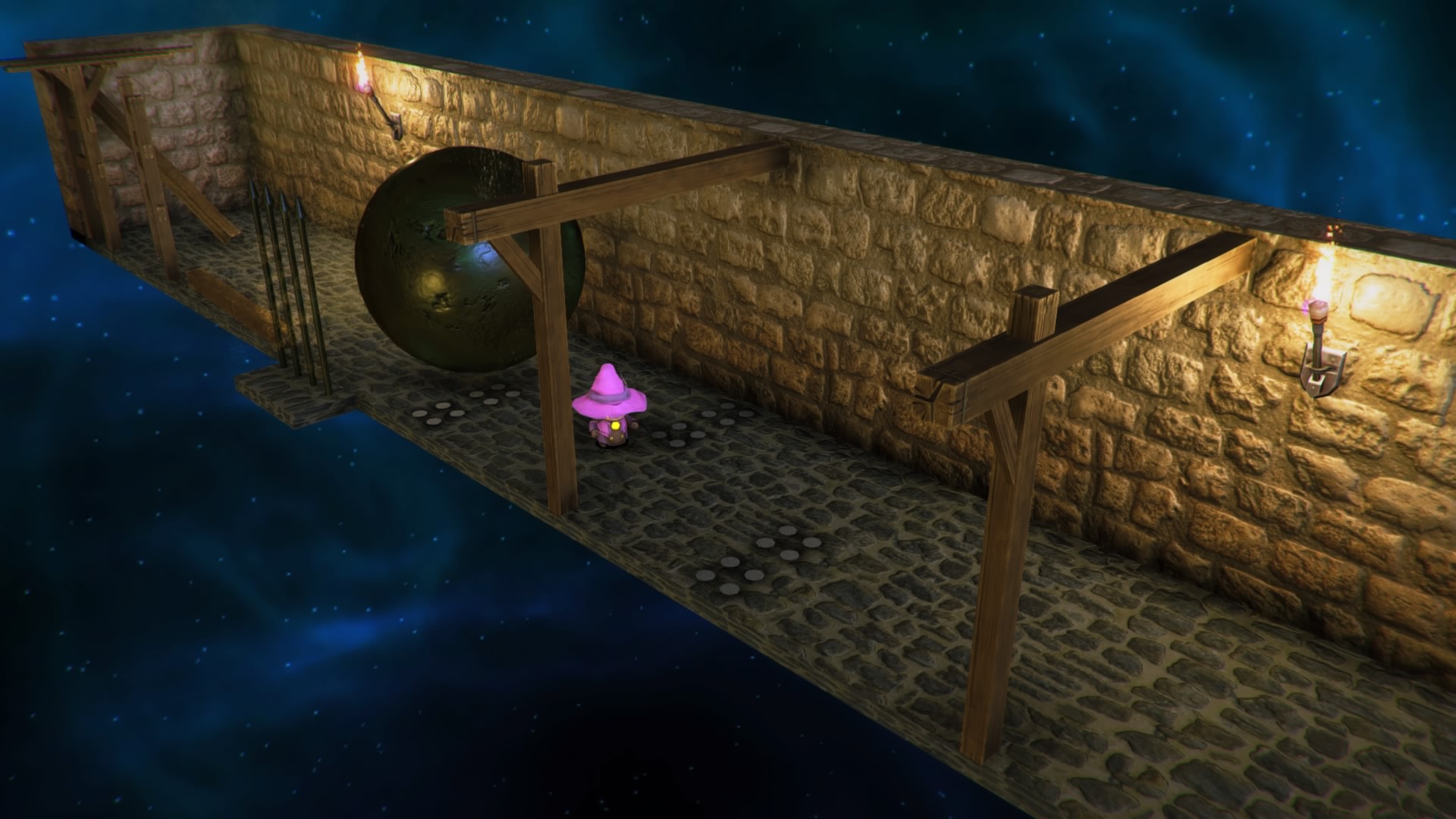
-
Lumo review screens #11
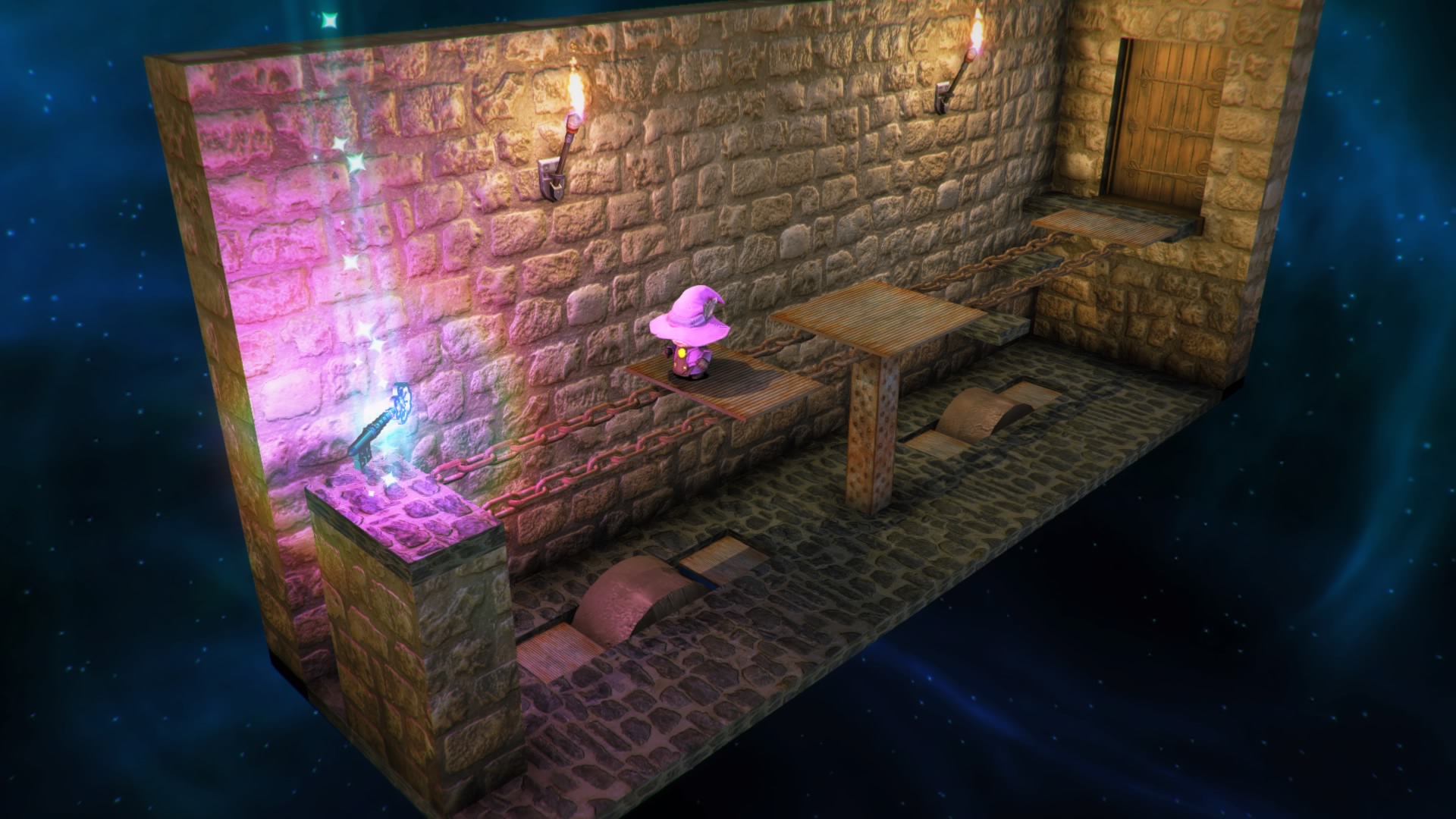
-
Lumo review screens #12
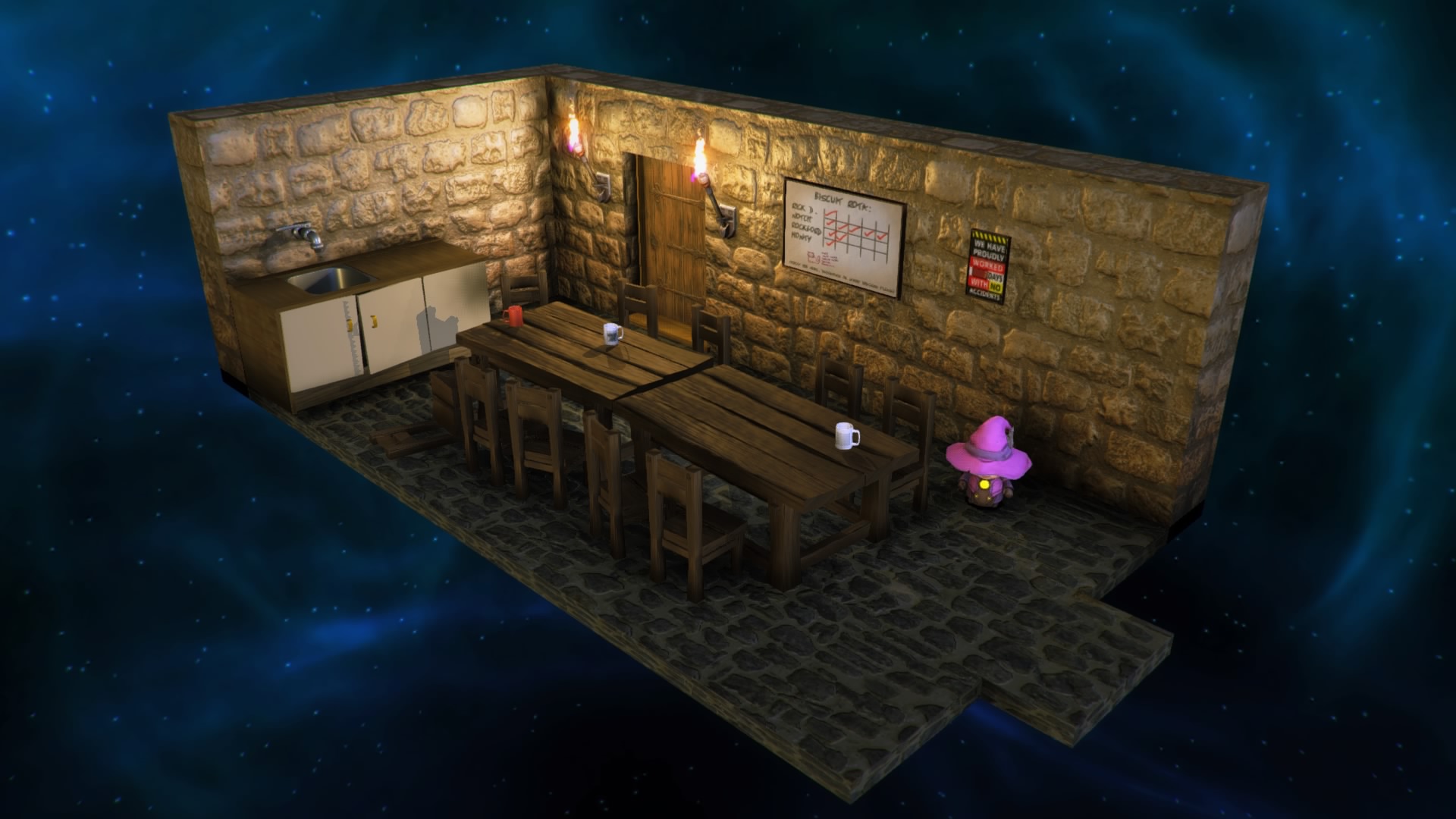
-
Lumo review screens #13
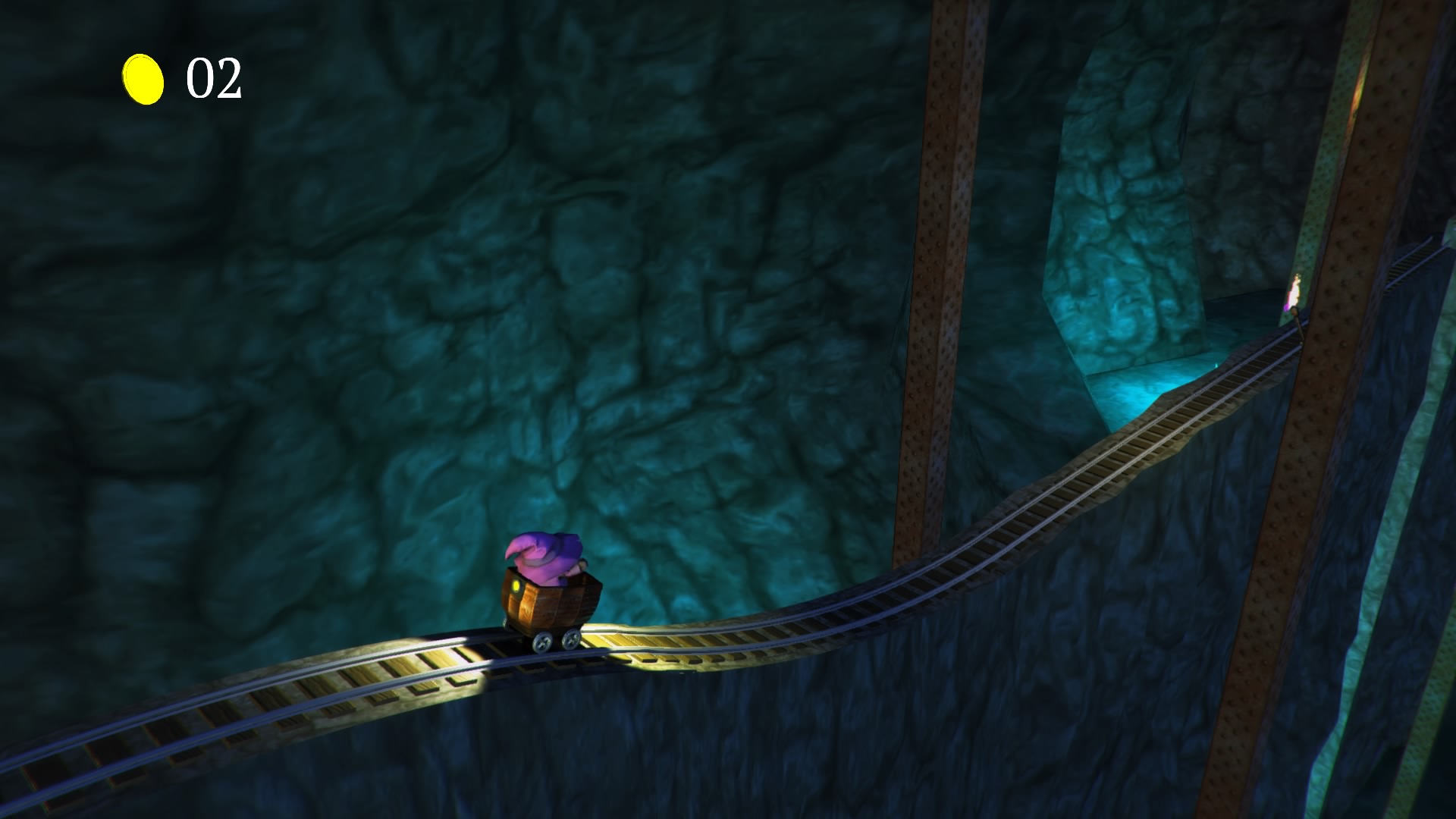
-
Lumo review screens #14
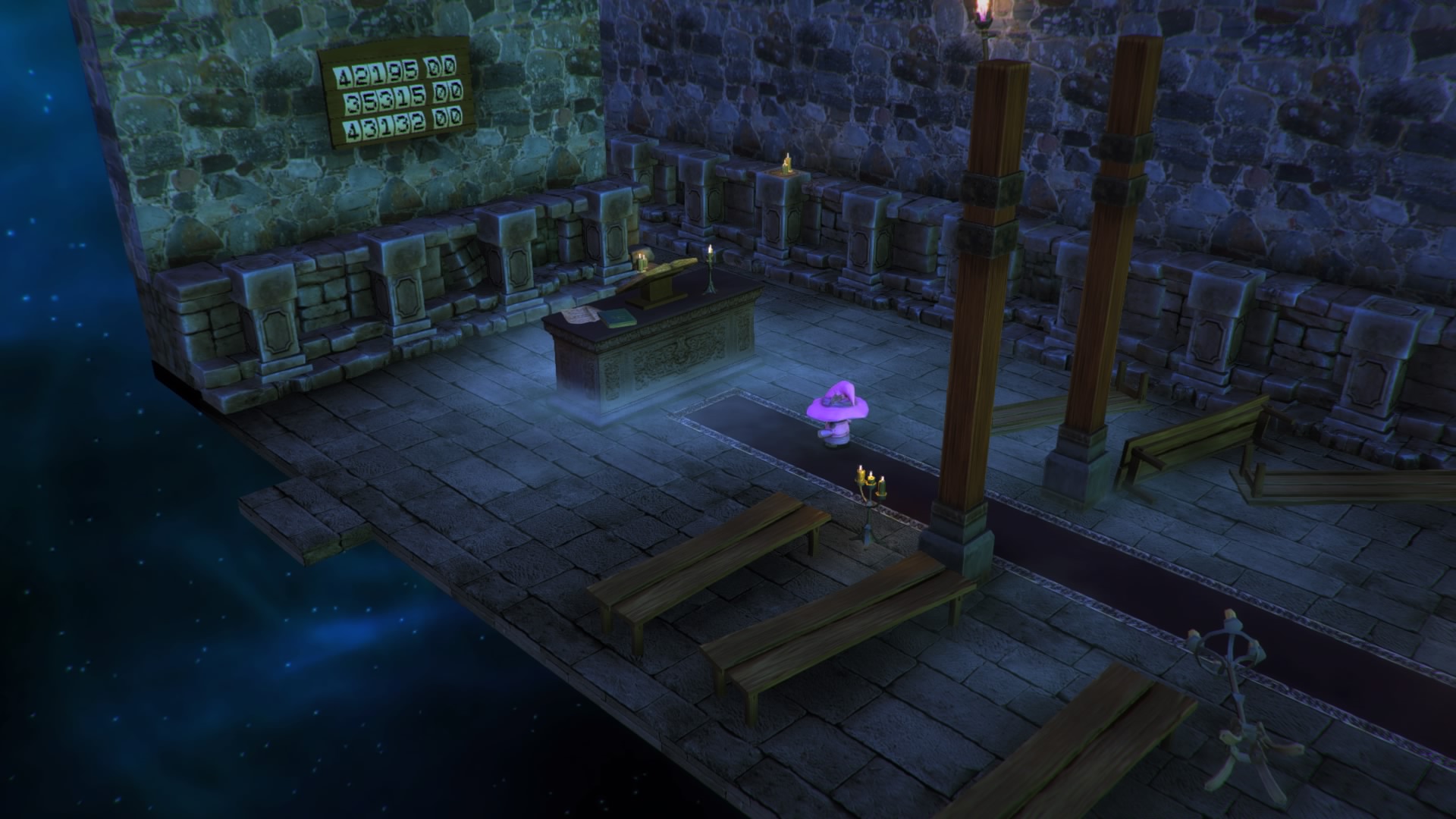
-
Lumo review screens #15
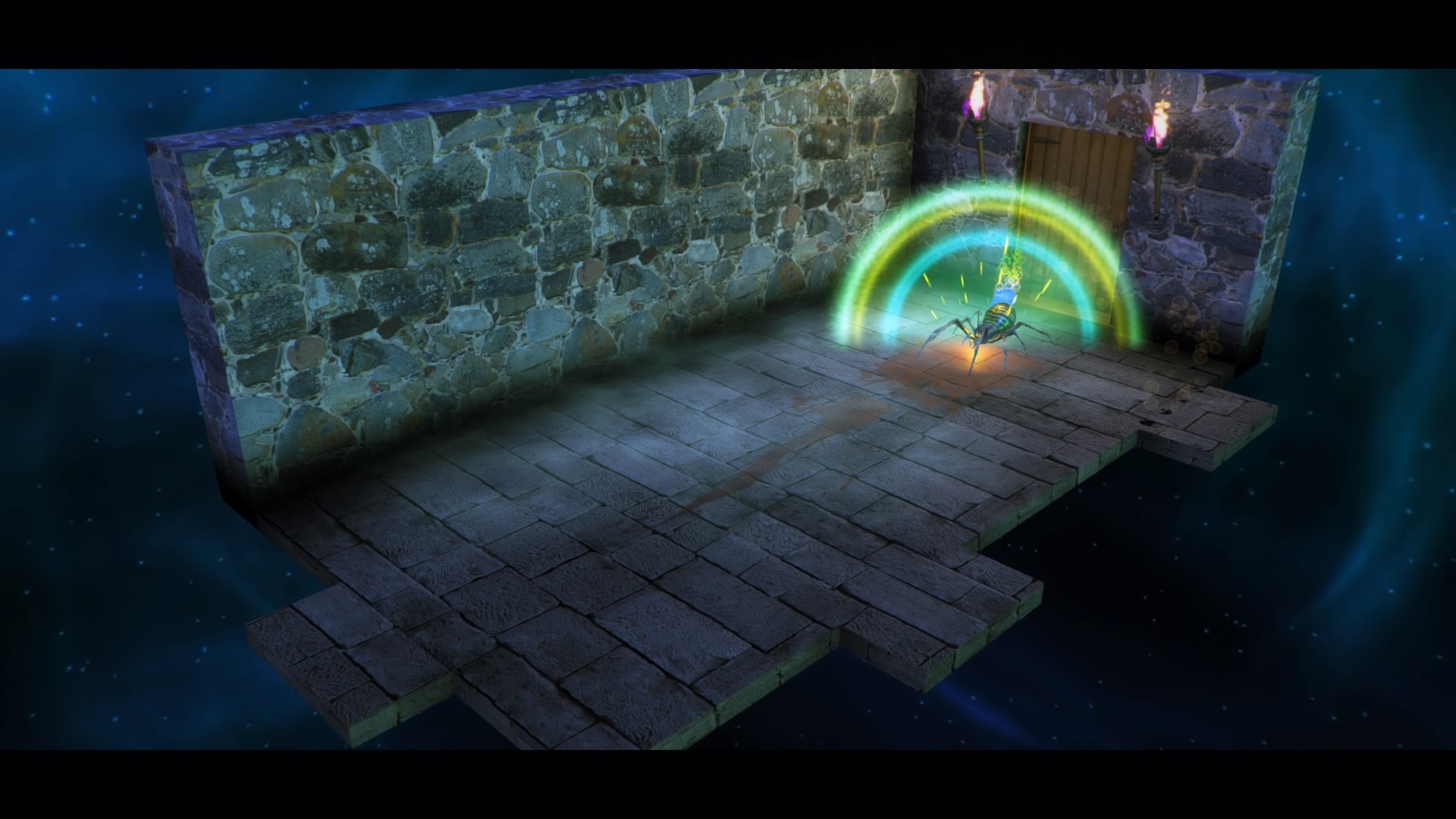
-
Lumo review screens #16
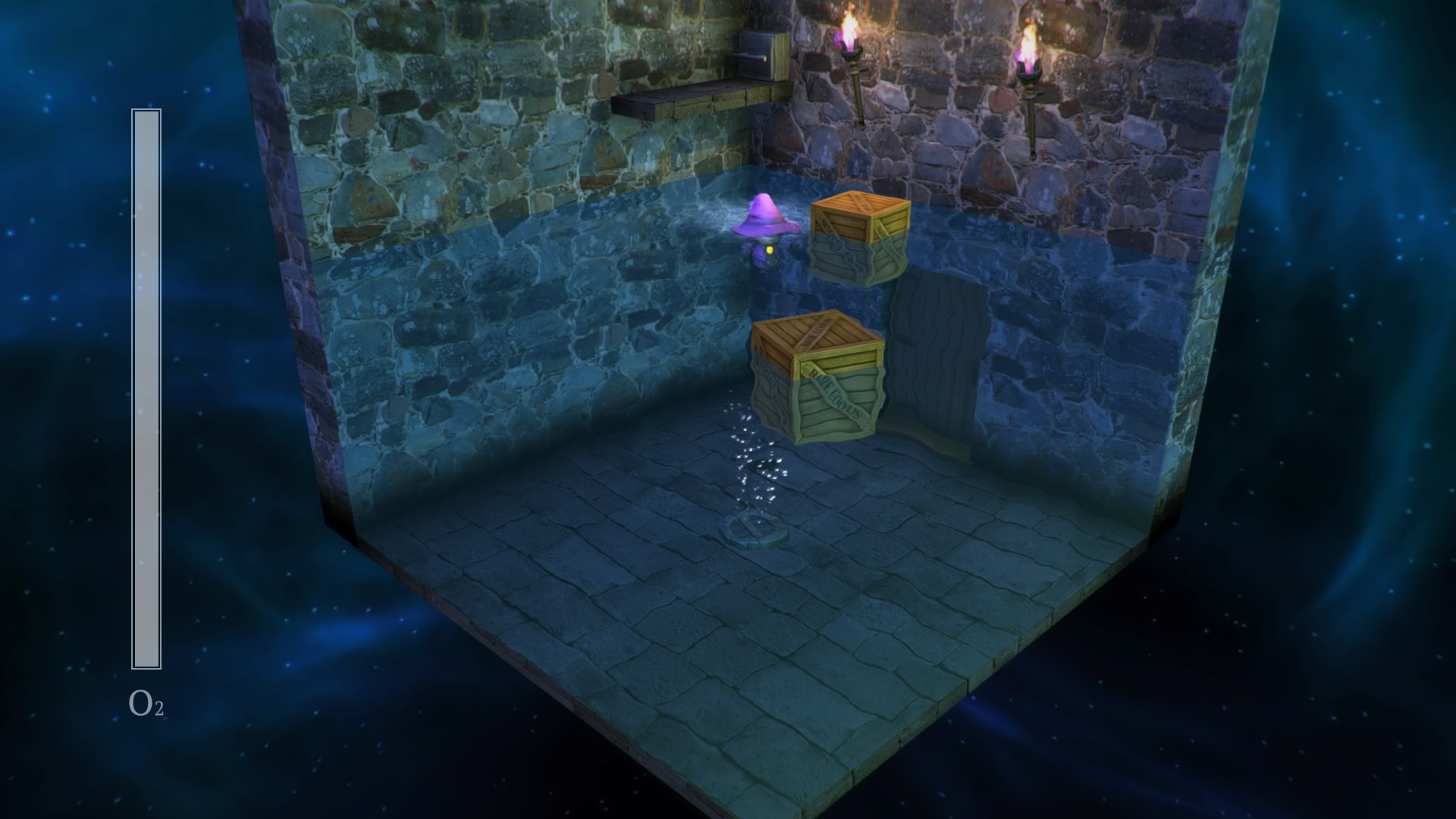
-
Lumo review screens #17
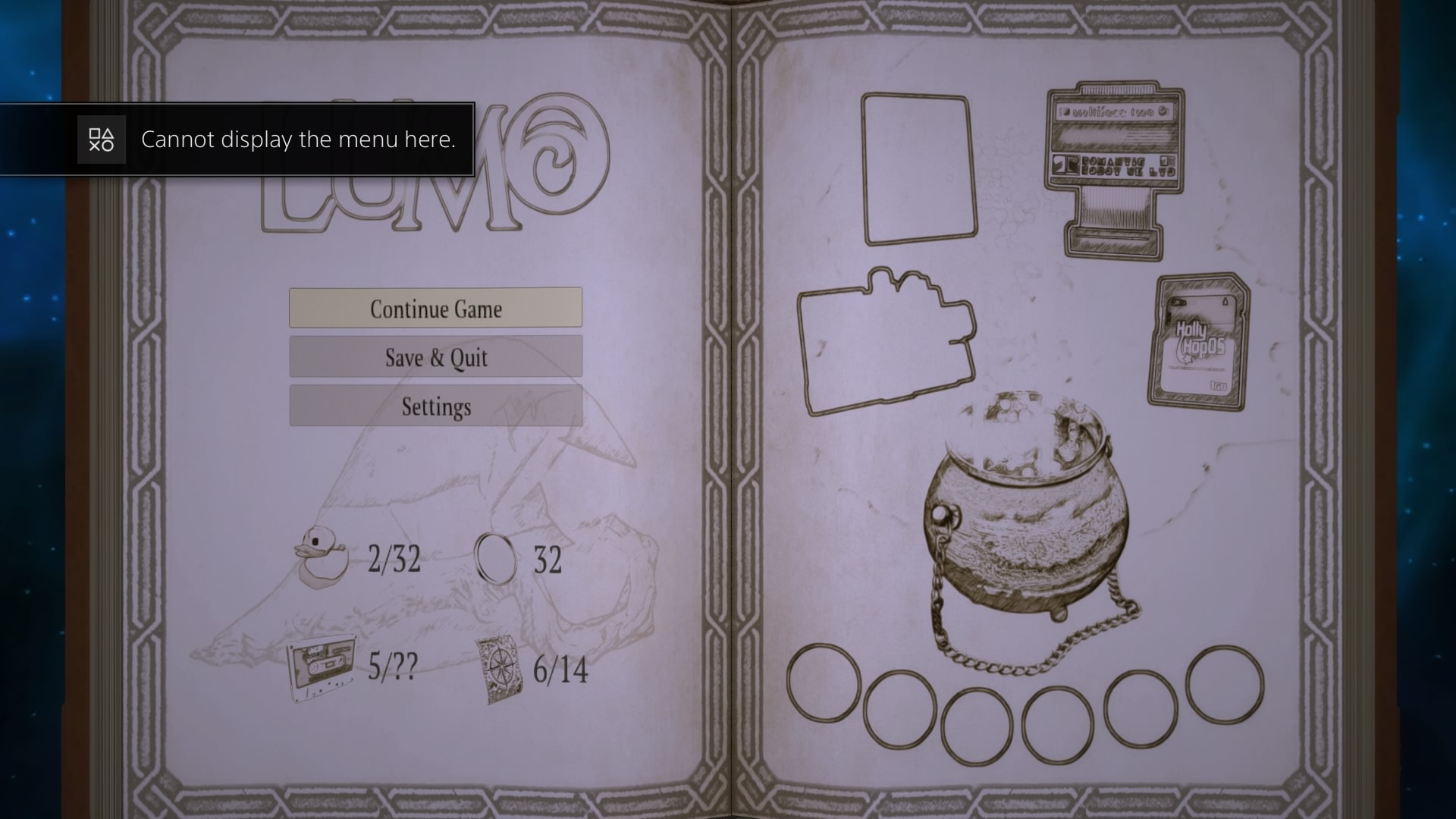
-
Lumo review screens #18
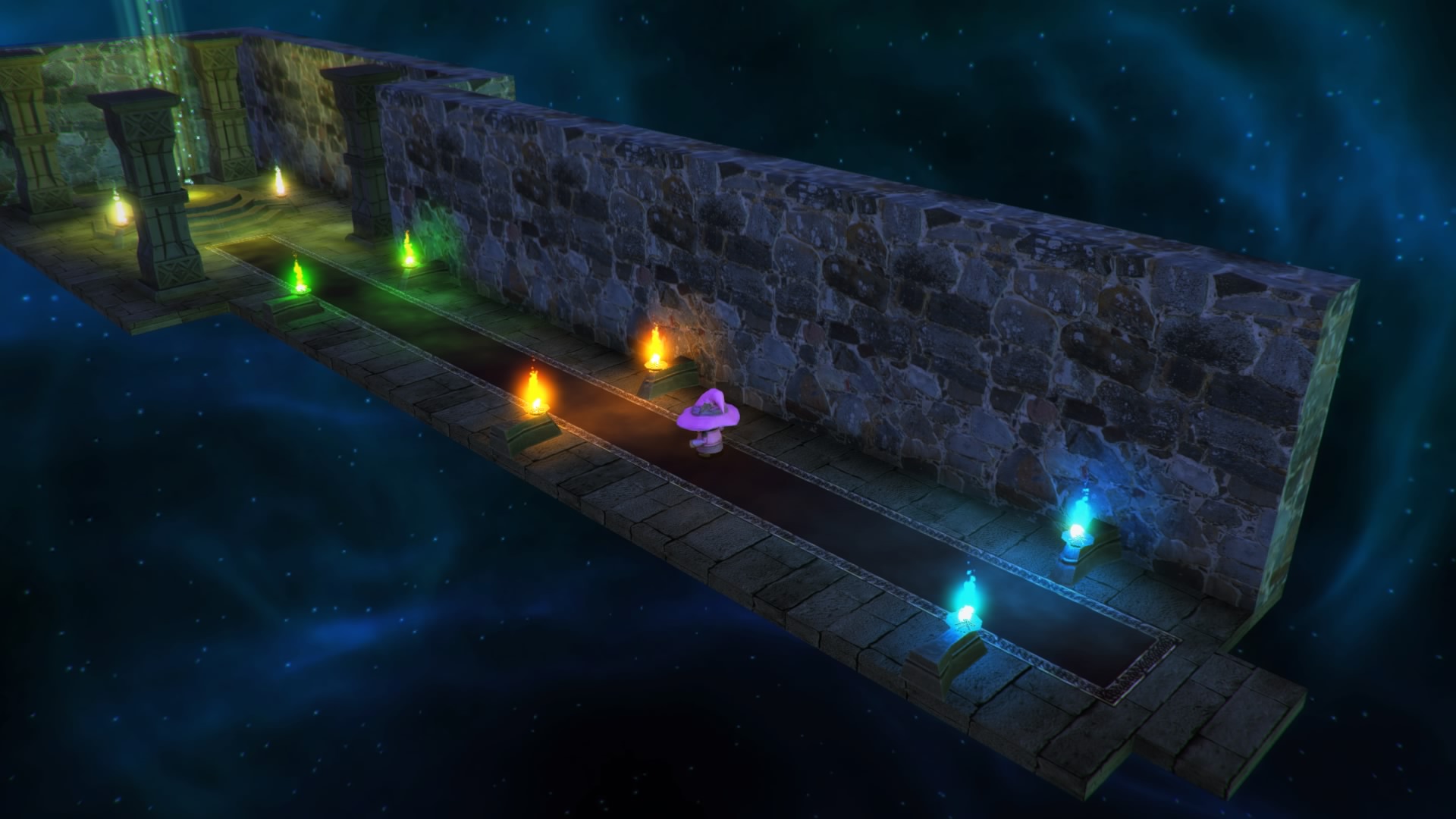
-
Lumo review screens #19
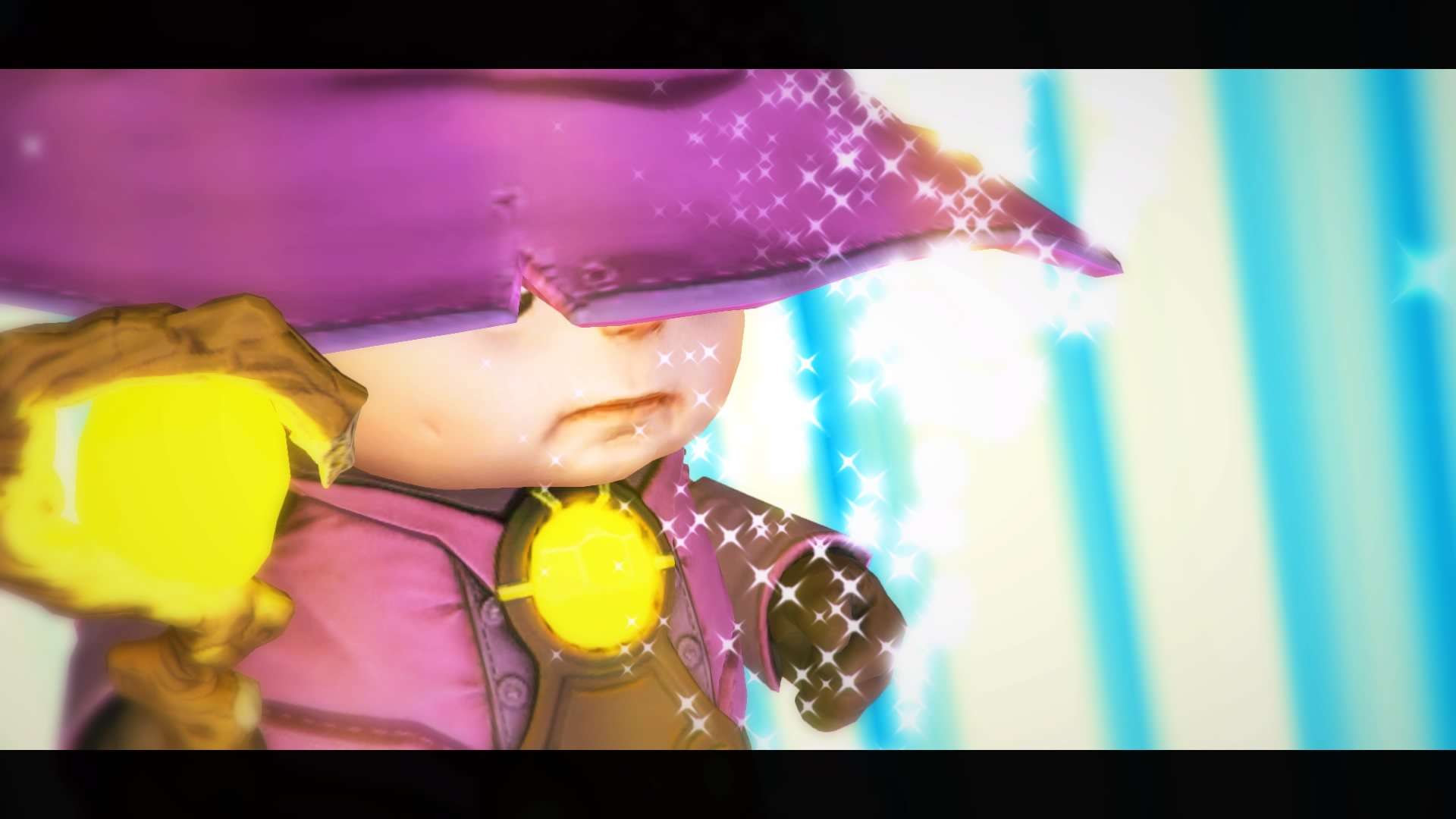
-
Lumo review screens #20
